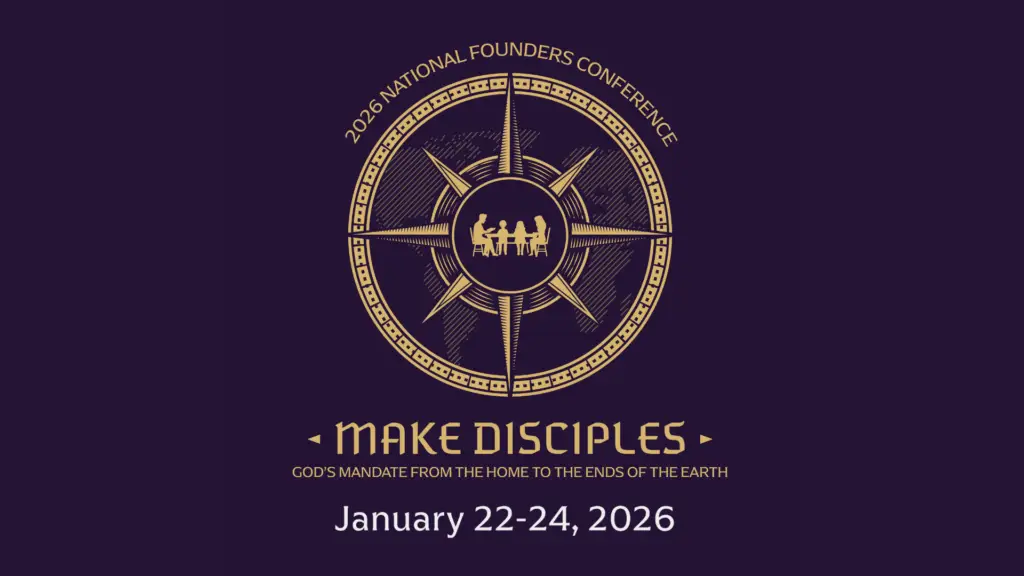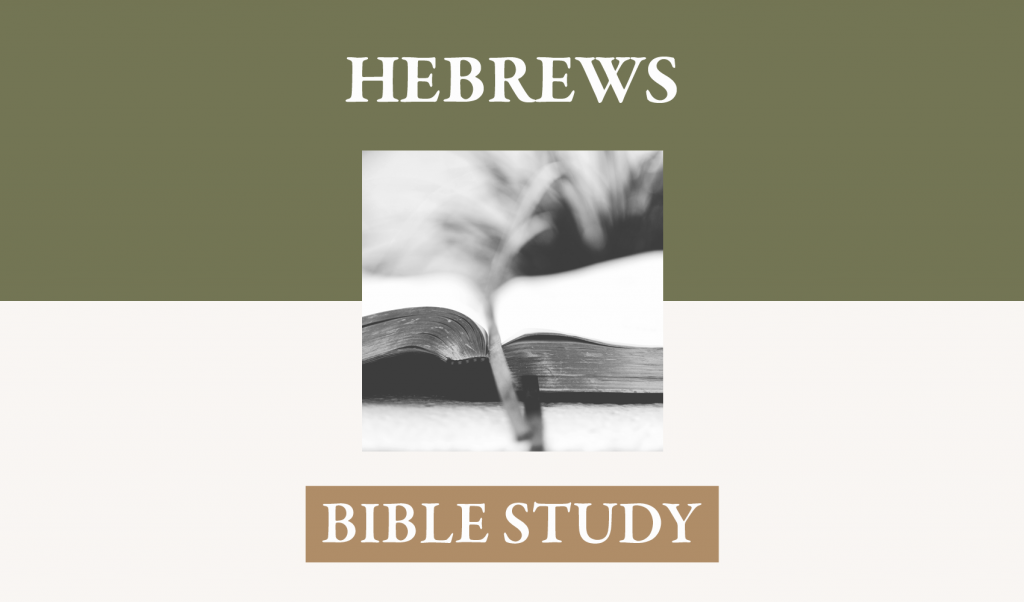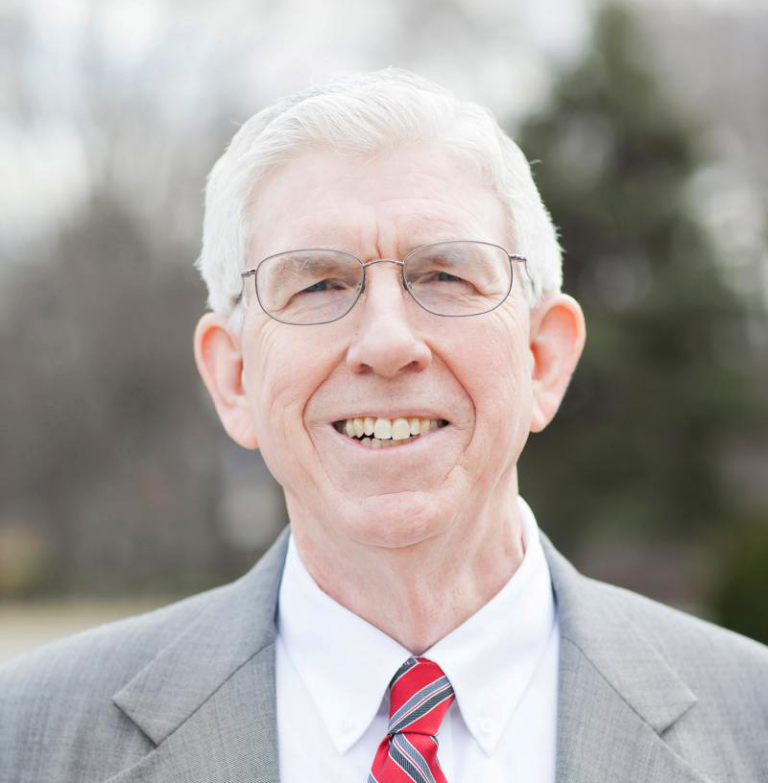Introduction: These verses summarize in a series of vivid images the difference between the two covenants that have been under consistent investigation throughout the book of Hebrews. In general these two covenants are the covenant of works and the covenant of Grace. In it purest form, the covenant of works applied only to Adam as the head of the human race, who acted for it in the test of obedience which, if he had completed perfectly, would have resulted in eternal life. He disobeyed, however, and “the many died through the one man’s trespass” (Romans 5:12). The covenant of grace grants to those include in it both the requirements and the rewards of the covenant of works through the obedience of another—“Much more will those who receive the abundance of grace and the free gift of righteousness reign in life through the one man, Jesus Christ” (Romans 5:17)
The covenant made with made with Israel during the time of the exodus from Egypt is a sort of covenant of works, but without any possibility that it will result in life, for its recipients already were under a curse and had hearts constitutionally opposed to the holiness implied in the moral commandments. “Why then the law? . . .If a law had been given that could give life, then righteousness would indeed be by the law. . . .So then the law was our guardian until Christ came, in order that we might be justified by faith. . . .Christ redeemed us from the curse of the law by becoming a curse for us” (Galatians 3: 19, 21, 24, 13). The covenant of grace, therefore, is the eternal covenant resident in eternity intrinsic to the inter-relation between the persons of the triune God by which sinners are to be redeemed.
The Mosaic covenant included elements that were temporary and only typical as well as elements that defined aspects of the eternal covenant. Part of every biblical covenant is the overarching arrangement of the covenant of life mentioned in Malachi 2:5. To this writer, the covenant of life is prior to both the covenant of works and the covenant of grace for it establishes a final goal, eternal life, to be gained by the perfect execution of either of these other two covenants. The final result of God’s covenantal intention with his creation is eternal life. The covenants mentioned, therefore, from Genesis 6:18 to Noah through Hebrews 13:20 (”the blood of the everlasting covenant”) progressively set forth ideas that were symbolic of life or that were necessary components of the reward of life for the keeping of the covenant. Though the word “covenant” is not used for the relation between God and Adam its reality is implied in the obedience required and the threat issued for disobedience to the divinely ordained provision (Genesis 2:16). Hosea 6:7 calls the disobedience of Adam a transgression of the covenant. What are some propositions that can be distilled from the covenant relationship mentioned in Scripture?
1. God establishes covenants (Jeremiah 11:2, 3; 31:31-33)
2. Covenants have requirements and promises (Genesis 17:7, 8)
3. Punishment surely comes when men break the covenantal requirements established by God (Isaiah 24:5)
4. The covenant established with Abraham had passing elements and eternal elements (Galatians 3:16-18; 5:3, 4; Philippians 3:2, 3)
5. Every covenant implies a moral law that demanded perfect obedience for the gaining of life (Deuteronomy 4:13, 14; 5:2-33), the failure of which would result in the sure execution of death on the transgressor..
6. Covenants, that is those the point to the covenant of grace, also provide what is required {Jeremiah 31:31-34; Isaiah 49:8; 54:10 – this covenantal promise puts parentheses around the redemptive promise and prophecy of Isaiah 52:13-53:12)
7. Covenants establish righteousness, peace, and eternal life.
8. Those covenants that provide these are given from pure grace.
A. The Images connected with a covenant that holds its subjects under condemnation – 12:18-21. These images are taken from Exodus 19 and Deuteronomy 4, 5. They show that the Law, as a reflection of the covenant of works, holds terror for those who do not have its righteousness credited to their account. These statements are set within the framework of having been released from all these fears.
1. “You have not come to what may be touched;” When the law was being given in Exodus 19, they people were warned not to touch the mountain, and anyone that touched it was to be stoned or shot, presumably by arrow, and no one was to touch such a person. Even a beast that touched the mountain was to be stoned.
2. “a blazing fire and darkness and gloom and a tempest.” Exodus 19:16 – The phenomena surrounding the event were startling and frightening and showed the terrible holiness of the moment in which God was giving to a sinful and rebellious people the treasure of his holy law (Deuteronomy 9:7-9), to be inscribed and find residence among them.
3. “The sound of a trumpet and voice whose words made the hearers beg that no further messages be spoken to them.” Exodus 19:16, 19, 20; 20:18, 19; Deuteronomy 4:10-13; 9:
4. “So terrifying was the sight that Moses said, ‘I tremble with fear.’” (Deuteronomy 9:19) Moses trembled with the prospect that God might destroy this people that he had only recently brought out from
5. The Law of God, inscribed in the Ten Commandments, was a covenant with
B. The images of a covenant that has provided holiness and righteousness – 12:22-24
1. “You have come to Mount Zion and to the city of the living God, the heavenly Jerusalem – instead of a mountain that can be touched, Mount Sinai, which threatened death for those that transgressed its boundaries, the image that summarizes the new covenant is a true and real possession of the land of promise—not the land into which the children of Israel were going and in which they would be tested as to ability to abide by the laws and regulations just given, but the true holy land into which they have entered by the perfect righteousness and sacrifice of Christ. F. F. Bruce noted, “As the earthly
2. “and to innumerable angels in festal gatherings.” Those holy angels that are before the throne of God day and night living in unbroken recognition of the thrice-holiness of God are in “festal gathering” because of the perfect work of the Son of God, “things into which angels desire to look” (1 Peter 1:12). Gabriel announced the Son of God’s incarnation (Luke 1:35), a multitude of the heavenly host appeared in festal gathering at the birth of the Christ (Luke 2:13, 14), They gave aid to Jesus after the temptation in the wilderness (Mark 1:13), an angel ministered to Jesus during the agony of Gethsemane (Luke 22:43), an angel rolled the stone away from the Lord’s tomb and announced his resurrection, and two angels prompted the disciples to action as they stood gazing at the sky into which Jesus had ascended. Into this company of intensely interested and celebratory intelligences the redeemed have been introduced. We will share the joy of their pure insight into the glory of the redemptive covenantal commitment of the eternal Son of God, the express image and glory of the Father.
3. “and to the assembly of the first born who are enrolled in heaven” – The word “assembly” is the word for church. This refers to the true universal church, that company of saints assembled together that have been purified by the blood of the eternal covenant. Here there will be no worship wars, no divisiveness, no hypocrisy. They are “enrolled,” that is, they are those whose names are written in heaven” (Luke 10:20). “Firstborn,” plural, refers to all those who are born again by the Spirit of God who have ascended to the rights of the “firstborn” through their union with Christ, the true first born. “And he the head of the body, the church; the same is the beginning, the firstborn out of the dead, in order that in all things he would become pre-eminent.” (Colossians 1:18).
4. An to “A God who is judge of all” – This God to whom Christian have come through Christ is the God of Hebrews 4:13 “to whom we must give account.” It is a solemn privilege to be brought into the presence of this God who is judge of all, the one about whom this letter says, “It is a fearful thing to fall into the hands of the living God” the Lord who will “Judge his people.” This reference, however, is not so much an extension of the warning given earlier as it is an exaltation of the transforming effect of the new covenant which has brought us into the presence of this God, who is judge of all, but who will receive us as justified and beloved on account of the blood of his Son.
5. “The spirits of righteous men made perfect.” This phrase probably refers to those saints, and others like the, that are mentioned in Hebrews 11 who “apart from us . . . should not be made perfect.” Now with the post-resurrection believers these pre-incarnation Christians have seen the fulfillment of all for which they hoped in faith. Their bodies, still in the grave, will certainly join their perfected spirits in the resurrection now that death has been overcome by the resurrection of Christ.
6. “And to Jesus the mediator of a new covenant, and to the sprinkled blood that speaks a better word that the blood of Abel.” The blood of Abel” could refer to Abel’s own blood, spilled to the ground by Cain who killed him. It cried out for vengeance. The blood of Jesus, the mediator of the new covenant, sprinkles his people with the power of forgiveness (cf 1 John 1:7) for he himself has taken on the just vengeance of God. This also could refer to the blood that Abel offered in sacrifice as an act of worship. It would be among the first of a long line of blood sacrifices that were only types and could not procure true forgiveness of sins. Jesus’ blood, sprinkled on the mercy seat in heaven, has inaugurated the “new covenant” (also Hebrews 9:15) through which we have been given new hearts and have been forgiven of sins and lawless deeds (Hebrews 10:16, 17)





















